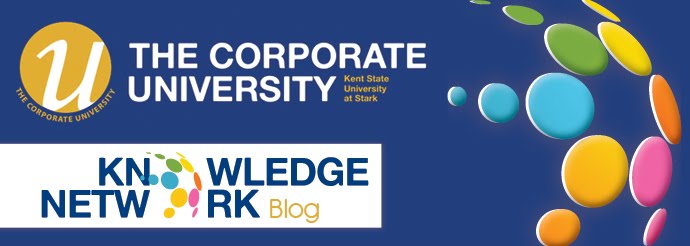In a previous life, I taught college level chemistry. One of my favorite classes to teach was Intro to Chemistry. Intro to Chemistry is considered to be a developmental course. That means it teaches chemistry at its very basic level to adults who never took chemistry in their entire high school career. I might add that some of these adults had been out of high school a very long time.
Since the name of the class included the word chemistry, many of my students were trepidacious, to say the least. To put my students at ease, and, to keep all of them from dropping the class in the second week, I tried to begin each semester with non-threatening material. The topic I settled upon was the Scientific Method. No math; no theory - just five easy steps you can use to solve problems related to science or your life.
Here is a short explanation of the steps of the Scientific Method.
- You make an observation of a phenomenon.
- You develop an explanation of the phenomenon. (Note: We call this an hypothesis.)
- You experiment to gather more data about the phenomenon. This information will either support your explanation or it will prove it wrong.
- If the data from the experiment supports your hypothesis then you ask your scientist friends to test your experiment, too. If your colleagues see the same results, then your explanation becomes a theory.
- After many, many, many of your colleagues get the same results, the theory becomes a scientific law.
So after that entire prelude, here’s the meat of this entry. When we make an observation, do we accept it as true or do we question, question, question? Are we skeptical of the mainstream media? Do we look deep and seek the facts and the truth or do we accept the sound bites we hear on the news? Will skepticism or acceptance make your organization grow?

No comments:
Post a Comment